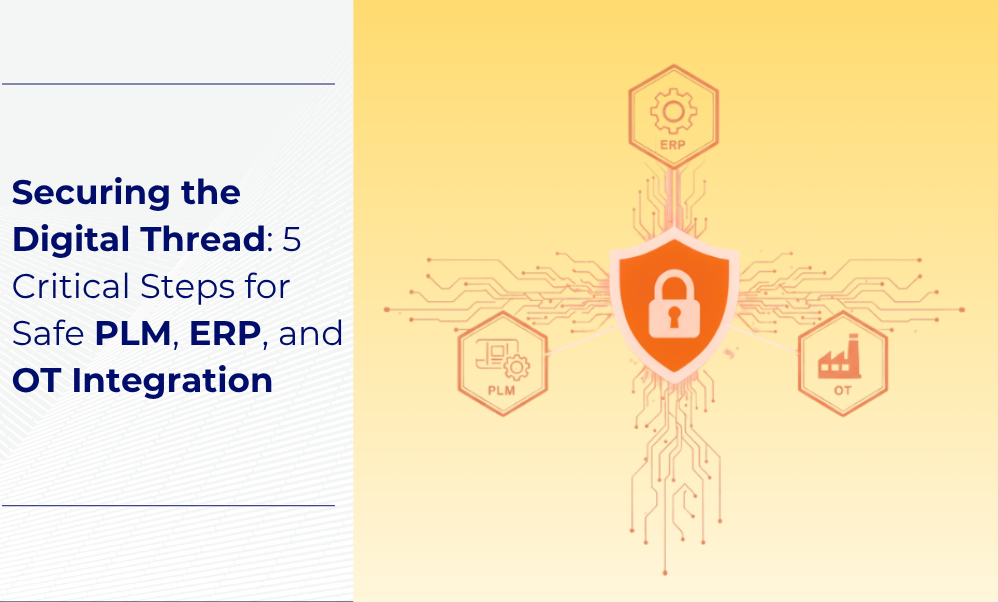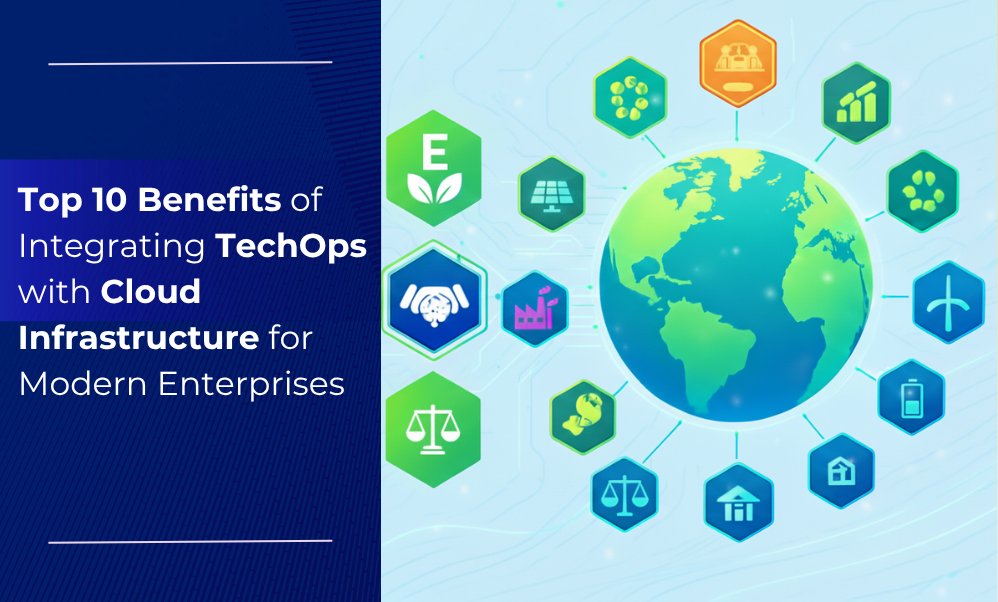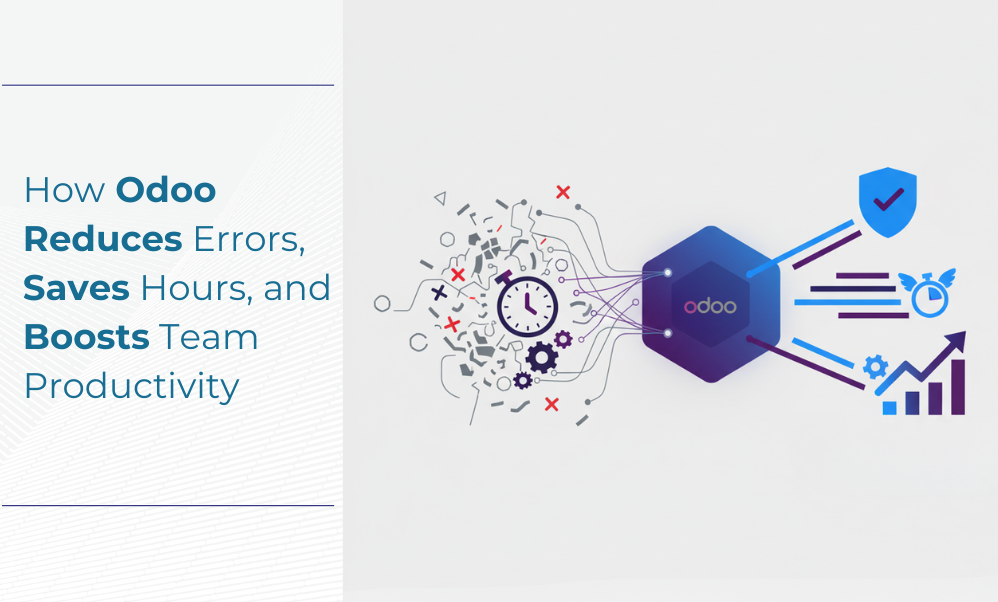In business, efficient inventory management is crucial. However, traditional methods often must catch up, leading to inefficiencies and increased costs. This is where enterprise resource planning and inventory management come into play.
ERP systems have revolutionized how companies handle inventory, providing real-time data, improving accuracy, and streamlining processes. This article explores how ERP transforms inventory management, its key benefits, and why your business should consider implementing it.
The Power of Real-Time Data in Inventory Management
The Role of Real-Time Data in ERP Systems
One of the most significant advantages of enterprise resource planning and inventory management is access to real-time data. Traditional inventory management systems rely on manual updates, leading to delays and inaccuracies. With ERP, businesses gain instant visibility into their stock levels, order statuses, and supplier information. This real-time data is crucial for making informed decisions and responding quickly to changes in demand or supply chain disruptions.
Benefits of Real-Time Data
- Improved Accuracy: Real-time updates reduce the risk of human error, ensuring that inventory data is always accurate.
- Better Decision Making: Managers can make data-driven decisions quickly, optimising inventory levels and reducing carrying costs.
- Enhanced Customer Satisfaction: With accurate inventory data, businesses can fulfill orders more efficiently, leading to higher customer satisfaction.
Streamlining Inventory Processes
How ERP Streamlines Inventory Management
Another significant benefit of enterprise resource planning and inventory management is the automation and streamlining of inventory processes. ERP systems integrate various business functions, including procurement, sales, and warehouse management, into a single platform. This integration eliminates the need for manual data entry and reduces the likelihood of errors.
Key Features of ERP for Inventory Management
- Automated Reordering: ERP systems can automatically reorder stock when levels fall below a certain threshold, ensuring that businesses never run out of essential products.
- Lot and Serial Number Tracking: ERP allows for detailed tracking of inventory items, including lot and serial numbers, which is crucial for quality control and recalls.
- Multi-Warehouse Management: Businesses with multiple locations can manage all their warehouses from a single ERP system, optimizing stock levels.
Reducing Costs and Increasing Efficiency
Cost Reduction and Efficiency Gains with ERP
Implementing an enterprise resource planning inventory management system can lead to significant cost savings and efficiency gains. By automating processes and providing real-time data, ERP systems help businesses reduce labor costs and minimize waste. Additionally, optimized inventory levels mean less money tied up in stock and lower storage costs.
Ways ERP Reduces Costs
- Reduced Labor Costs: Automation reduces the need for manual labor, allowing employees to focus on more strategic tasks.
- Minimized Stockouts and Overstock: ERP helps prevent costly stockouts and overstock situations by providing accurate inventory data.
- Improved Supplier Management: ERP systems streamline the procurement process, enabling businesses to negotiate better terms with suppliers and avoid last-minute rush orders.
Improving Customer Service with ERP
A well-implemented enterprise resource planning inventory management system benefits the business and enhances the customer experience. With accurate inventory data, companies can provide reliable information to customers about product availability and delivery times. This transparency builds trust and improves customer satisfaction.
Customer Service Benefits
- Accurate Order Fulfillment: ERP systems ensure that orders are fulfilled accurately and on time, reducing the likelihood of errors and delays.
- Efficient Returns Management: ERP can streamline the returns process, making it easier for customers to return products and receive refunds or replacements.
- Better Customer Communication: Real-time data lets customer service teams provide precise information about order statuses and product availability.
Integrating ERP with Other Business Functions
An essential aspect of enterprise resource planning inventory management is its ability to integrate with other business functions. ERP systems offer a holistic approach to business management, connecting inventory management with accounting, sales, and customer relationship management (CRM). This integration provides a comprehensive view of the business and helps ensure consistency across all departments.
Key Integration Benefits
- Unified Data: All business functions share the same data, reducing discrepancies and ensuring consistency.
- Enhanced Reporting: ERP systems can generate detailed reports that combine data from multiple departments, providing valuable insights for decision-making.
- Scalability: As a business grows, an ERP system can scale, adding new modules and functionalities as needed.
miniERP: Transforming Inventory Management with Comprehensive Features
One of the standout products from BJIT is miniERP, a robust and versatile enterprise resource planning system specifically designed to address inventory management challenges. Developed with a deep understanding of business needs, miniERP integrates seamlessly with existing processes to provide a holistic solution for managing inventory.
Key Features of miniERP
- Real-Time Inventory Tracking: miniERP offers real-time inventory tracking, ensuring that businesses have up-to-date information on stock levels, order statuses, and more.
- Automated Replenishment: The system can automatically trigger reorders when stock levels drop below a certain threshold, helping to prevent stockouts and maintain optimal inventory levels.
- Comprehensive Reporting: With miniERP, businesses can generate detailed reports that provide insights into inventory trends, helping to inform strategic decisions and optimize operations.
- Multi-Warehouse Support: For businesses with multiple locations, miniERP offers robust multi-warehouse management capabilities, making it easy to oversee inventory across various sites.
miniERP is more than just an inventory management tool; it's a comprehensive solution that integrates with other business functions, offering a unified platform for managing all aspects of your operations. MiniERP provides the flexibility and scalability needed to grow and succeed in a competitive market, whether a small business or a large enterprise.
Conclusion
In conclusion, enterprise resource planning inventory management offers a comprehensive solution for businesses looking to optimize their inventory processes. ERP systems provide a competitive advantage with real-time data, automation, cost savings, and enhanced customer service. By integrating inventory management with other business functions, ERP offers a unified and efficient approach to business management. If your business still relies on traditional inventory management methods, consider an ERP system to transform your operations and stay ahead of the market.
FAQs
Q1: What is an enterprise resource planning inventory management?
Ans: Enterprise resource planning inventory management involves using ERP systems to manage and optimize a company's inventory processes. ERP systems provide real-time data, automate tasks, and integrate with other business functions to streamline operations.
Q2: How does ERP improve inventory accuracy?
Ans: ERP systems improve inventory accuracy by providing real-time data and automating manual processes. This reduces the likelihood of human error and ensures that inventory levels are always up to date.
Q3: Can ERP systems help with multi-warehouse management?
Ans: Yes, ERP systems are designed to manage inventory across multiple warehouses. They provide a centralized platform to track stock levels, manage transfers, and optimize inventory across all locations.
Q4: What are the cost benefits of implementing an ERP system for inventory management?
Ans: Implementing an ERP system can save costs through reduced labor costs, minimized stockouts and overstock, and improved supplier management. These efficiencies help businesses optimize their inventory and reduce overall costs.
Q5: How does ERP enhance customer service?
Ans: ERP systems enhance customer service by providing accurate information about product availability and delivery times. They also streamline the order fulfillment and returns processes, ensuring a smooth and satisfying customer experience.











